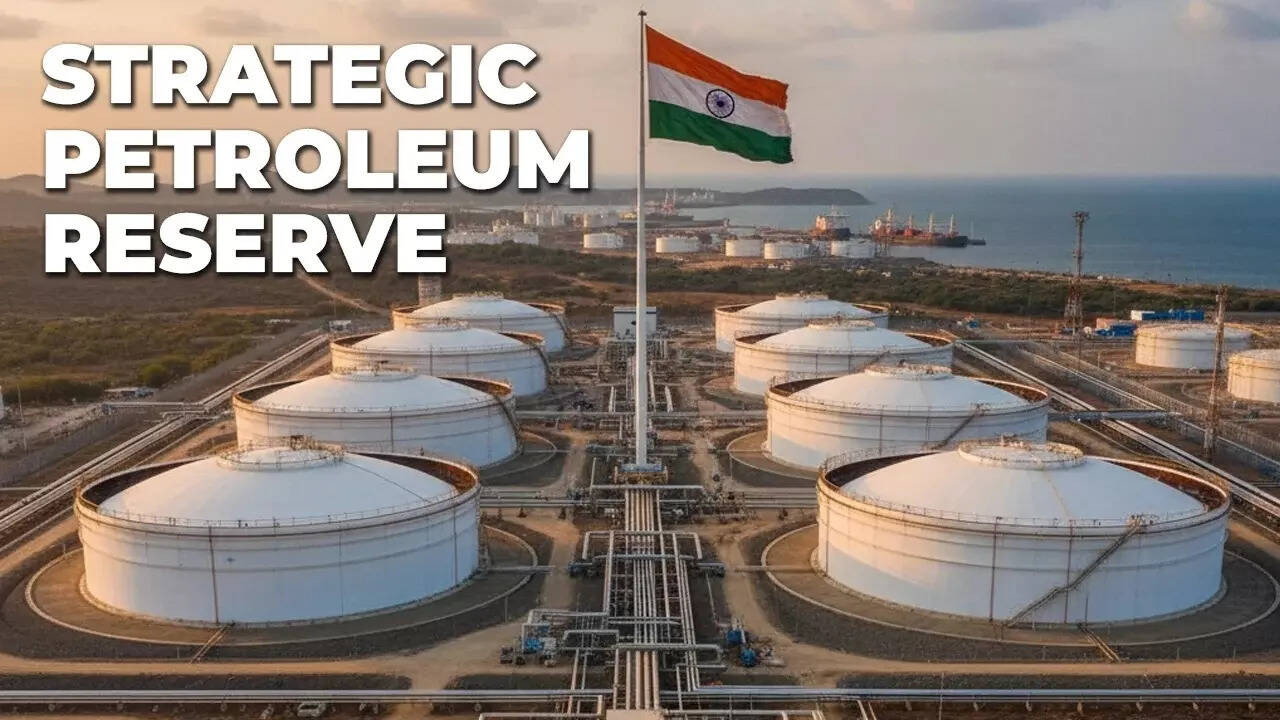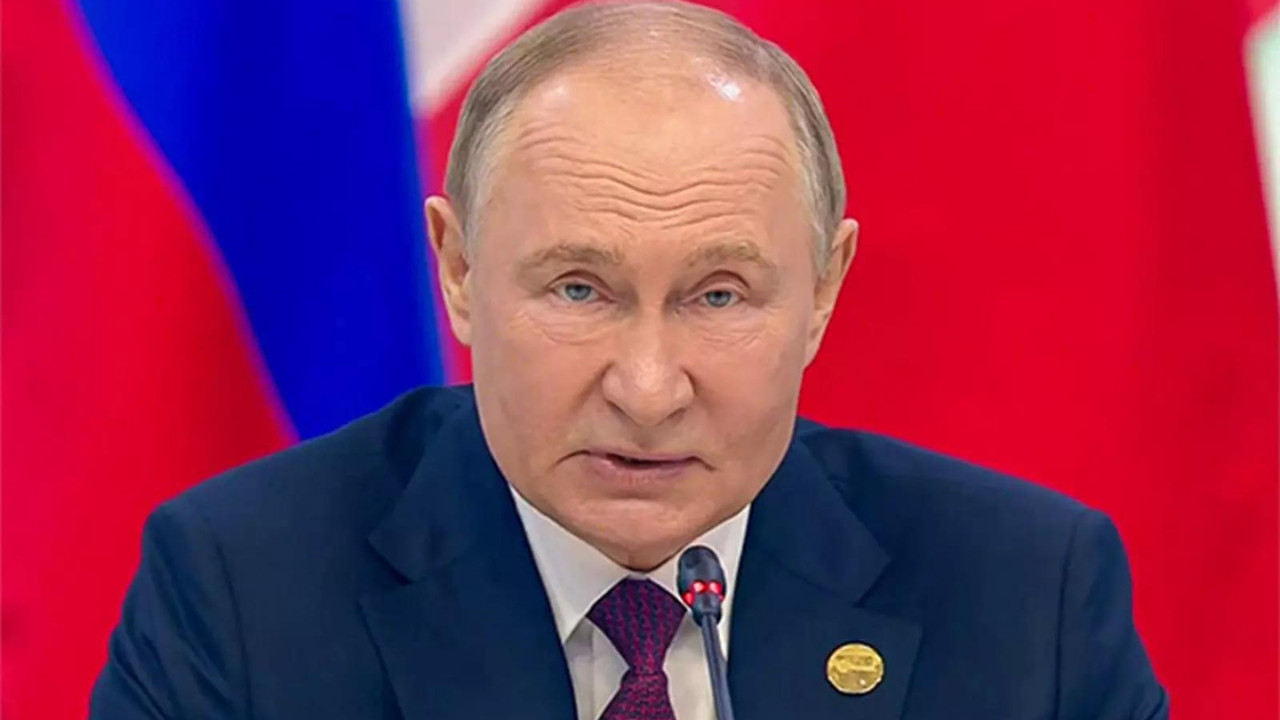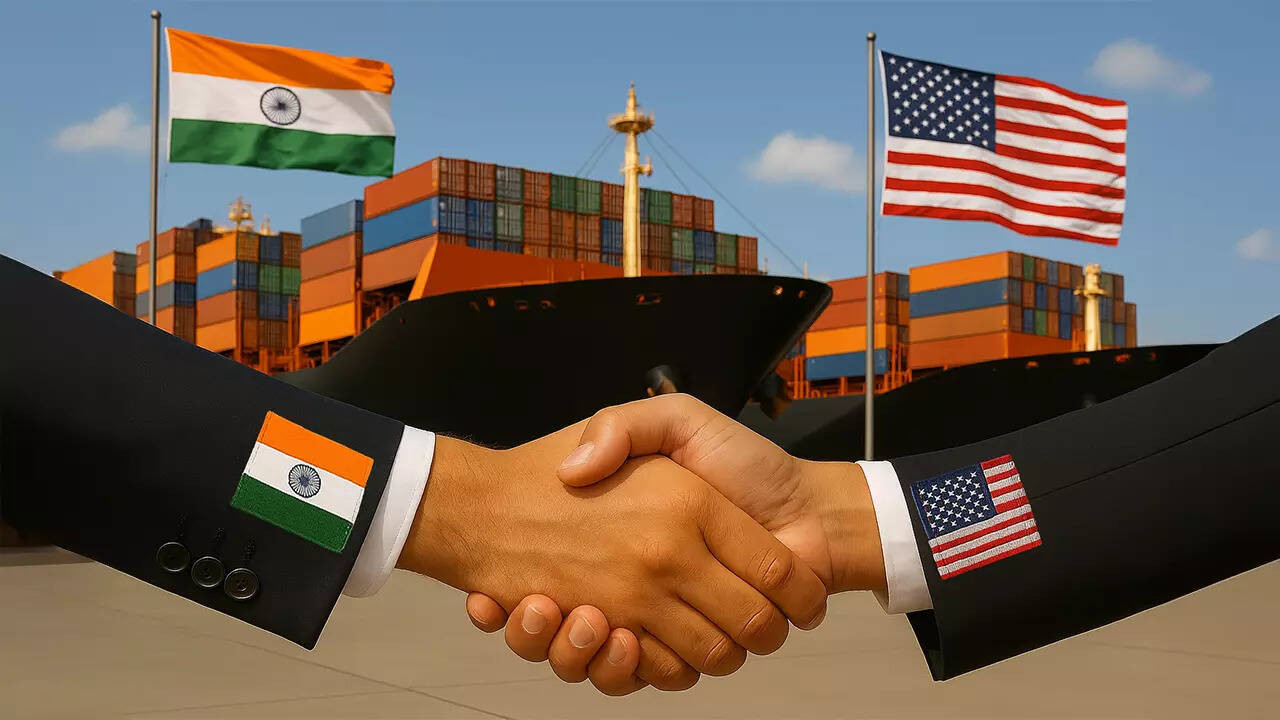Despite potential disruptions from US tariffs, India’s robust domestic market and minimal export dependency position it favorably. Moody’s suggests India could even benefit long-term from America’s high duties.
India’s Got This: Why Trump’s Tariff Talk Might Not Be the End of the World (For Us, Anyway)
Okay, so Donald Trump is back in the headlines, and this time it’s about tariffs. Again. The mere mention of those hefty import taxes sends shivers down the spines of global economists and business leaders. It conjures images of trade wars, stalled growth, and generally unhappy consumers. But hold on a minute, because the narrative, at least when it comes to India, might be a little different this time.
While the global community might be bracing for impact, there’s a growing murmur – perhaps a hopeful sigh of relief – suggesting India is actually in a surprisingly strong position to weather this potential storm. And frankly, after everything we’ve collectively been through in the past few years, a little good news is definitely welcome.
But how can that be? How can one nation sidestep what seems like a universally bad economic policy? Well, let’s break it down, shall we?
Firstly, let’s talk about the India-US relationship. It’s a complex beast, to be sure, but its evolution over the years has created a unique landscape. While the threat of tariffs is undoubtedly unsettling, the existing trade dynamics between the two countries are, dare I say it, fairly resilient. We’re not just talking about a simple buyer-seller dynamic here. There’s a deep intertwining of interests, supply chains, and strategic partnerships.
Think about it: India isn’t just a supplier of cheap goods. We’re increasingly becoming a hub for high-value services, technological innovation, and even sophisticated manufacturing. That changes the game. It means the US has a vested interest in maintaining a healthy trade relationship, and slapping massive tariffs on Indian goods could actually hurt American businesses just as much, if not more. After all, many US companies rely on Indian expertise and resources for various aspects of their operations. Cutting off that access would be akin to shooting themselves in the foot.
Then there’s the sheer size and diversity of the Indian economy. It’s a massive internal market, less reliant on exports than many of its Asian counterparts. Of course, exports are vital – they fuel growth, create jobs, and boost our global standing. But the sheer scale of domestic demand provides a significant buffer against external shocks. We’re talking about over a billion consumers with an increasing appetite for goods and services. That’s a pretty powerful engine in itself.
This internal strength allows India to be more flexible and agile in responding to global challenges. While some countries are heavily dependent on specific export markets, India can pivot, diversify, and tap into its own internal resources to navigate choppy waters.
Another key factor is India’s ongoing efforts to bolster its own manufacturing capabilities. “Make in India” isn’t just a catchy slogan; it’s a strategic imperative. By actively promoting domestic production, reducing reliance on imports, and building a robust manufacturing ecosystem, India is becoming increasingly self-sufficient.
This doesn’t mean we’re closing ourselves off to the world. Far from it. It means we’re building a stronger foundation, a more resilient economy that can withstand external pressures. The goal is to become a global manufacturing powerhouse, a competitor on the world stage, not just a passive recipient of goods and services. And, crucially, that strategy is paying off.
Finally, we need to consider India’s strategic positioning in the global geopolitical landscape. We’re not aligned with any particular power bloc, which gives us a certain degree of freedom and flexibility in navigating international relations. This allows us to forge strategic partnerships with various countries, diversifying our trade relationships and reducing our dependence on any single market.
This multi-alignment is a crucial strength. It means we can explore alternative trade routes, forge new alliances, and navigate geopolitical tensions with a degree of agility that many other nations lack. We’re not beholden to any single player, which allows us to act in our own best interests, charting our own course on the global stage.
Of course, this isn’t to say that Trump’s tariff threats are completely inconsequential. There will undoubtedly be some impact, some disruption, some challenges to overcome. But the overall picture suggests that India is better positioned than many to weather this particular storm.
So, should we be complacent? Absolutely not. We need to remain vigilant, proactive, and constantly adapt to the changing global landscape. But perhaps, just perhaps, this time around, the tariff talk might not be the disaster we all fear. Maybe, just maybe, India’s resilience, its diverse economy, and its strategic positioning will allow it to not only survive but thrive in the face of potential headwinds. And that’s a story worth telling. A story worth believing in.
📬 Stay informed — follow us for more insightful updates!





